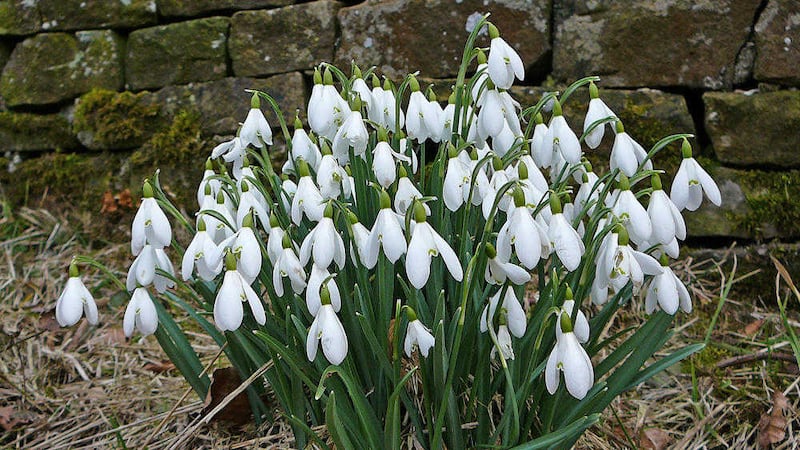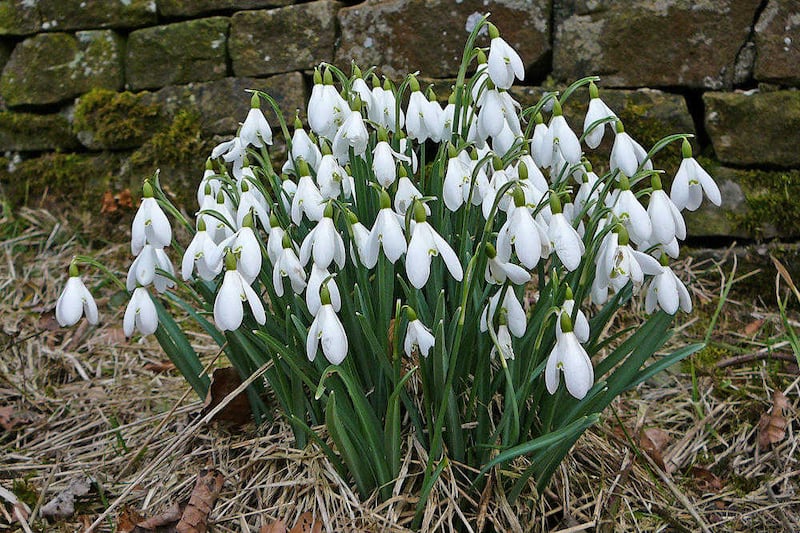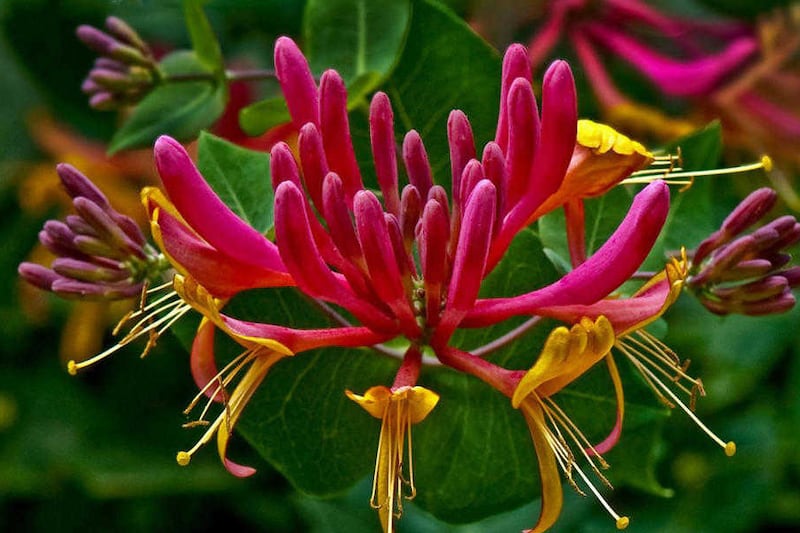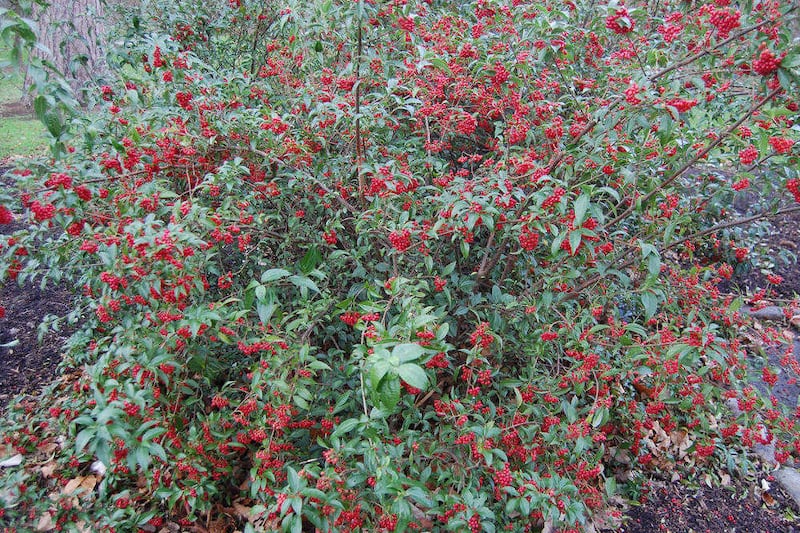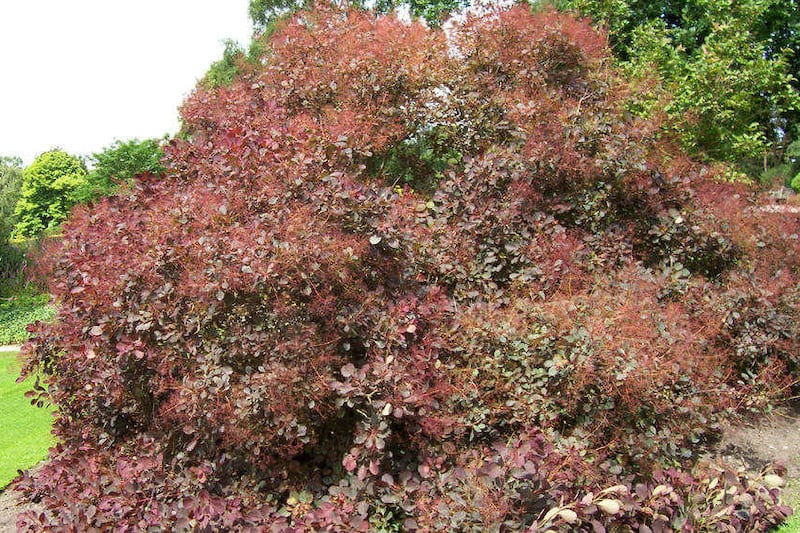IT'S the pint-sized dazzler of late winter, marked by white carpet displays across the country and at various National Trust properties, parks and gardens. If you have your own woodland area and you want a naturalised effect, you'll have to plant a huge number of bulbs. Perhaps the best approach is to build your snowdrop colony gradually, planting more clumps each year. Plant them in early autumn in groups of 10 or more, spacing them 4cm apart and 6-7cm deep. They should reach their potential after a couple of years. They prefer semi shade and ideally a moist soil rich in organic matter. Look out for Galanthus 'S. Arnott', which has large, fragrant flowers, and G. 'Atkinsii', a tall variety on long stems.
WHAT TO DO THIS WEEK
:: Protect vulnerable plants from frost and wind damage and firm in plants lifted by frost.
:: Pot autumn-rooted fuchsia cuttings into small individual pots
:: Put cloches in position to warm the soil for early sowings of vegetables in March.
:: Top-dress pot-grown shrubs with fresh compost, scraping away about 2.5cm (1in) of the old compost from the surface before adding the new.
:: Prune winter-flowering jasmine once the flowers have gone over completely
:: Shorten sideshoots from the main wisteria framework to encourage flower buds
:: Water pot plants growing at the base of your house walls as they can often be sheltered from rain by the overhang of the house eaves and may dry out
:: When you have dug over an area in winter, cover the ground with a large sheet of polythene, anchored at the edges with bricks, to keep off the worst of the winter weather and suppress weeds
:: Buy onion sets and store them in a dry place, ready for planting in March
:: Watch out for moles, which start to become more active now because of mating and nest-building. If you can't stand the thought of getting rid of them with traditional mole traps, and old-fashioned deterrents such as mothballs down the holes don't work, make the most of the perfectly sifted topsoil they leave on the surface.
